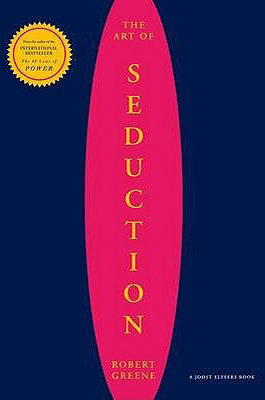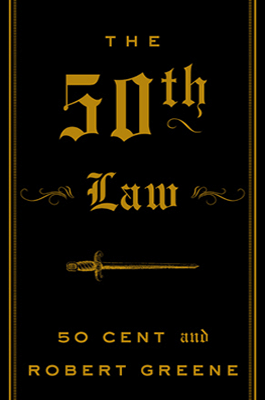The Dark Side
One day, while I was writing the Seduction book, the following image came to my mind: every person has a dark side, like the moon. We never see this side, but we know it is there and we catch glimpses of it in certain moments and imagine the rest.
Here’s how it works. People present to society the side of their personality they want to be seen. This could be their positive and selfless traits; it could be their aggressive and powerful qualities. This is learned from childhood on, as a kind of defense mechanism. Beneath this social side lies a lot of insecurities, weaknesses. As a child, we see that letting people glimpse these weaknesses can only hurt us or raise doubts. So we cover them up with something approximating the opposite. The word personality comes from the Latin persona, meaning mask.
Someone who is always cheerful, pleasant and eager to help most often is concealing a lot of hidden aggression, resentment, anger. This will often come out in actions that are subtly passive aggressive and sabotaging. Another person is very correct, politically–they eat the right things, they support all of the right causes, they drive a Prius. But behind this is a powerful desire to do the opposite, to let go, to experience some chaos. Yet another is blustery and aggressive, seems intimidating. This person is concealing a lot of shyness and frailty; they secretly yearn to be led and dominated. On the most obvious level, the person preaching vociferously against homosexuality is disguising their own longings.
According to Freud, the negative side in our character comes to our consciousness in a positive form. It is the only way to deal with it. In other words, the very thing we protest against is most often exactly what we want.
When you see people, and you only focus on the bright, illuminated side they present to the world as their true character, you misread the situation. In power or war, your strategies go astray. In seduction, you miss the richest opportunities for stirring the transgressive and taboo.
In writing about this in the three books, I did not intend it in a spirit of misanthropy and cynicism. Instead, it was to embrace this part of human nature. We all have this dark side. It is as much a part of us as our positive, sociable qualities. We carry it around, only buried or obscured. As Angela Carter writes, we would rather align ourselves with angels, than the primates we are actually descended from. Those who are most afraid of this side of themselves, who are the most repressed, they are often the most dangerous.
The way to use this is simple. You assume that people are presenting their sunny side to you. If they exhibit very strong particular traits, quite often this is obscuring the opposite, only deep within. They will reveal this dark side in another kind of language that you must learn to read. It comes out when they protest very strongly against something, revealing emotions you had not suspected before. Their taste in music and clothing will often show signs of the dark side peeping through. When they drink, they will say things that have other meanings. Their body language is often a good test–the eyes belying what the mouth is saying. People want to reveal it. In a seduction, they want to let it out even more.
A few years ago, a writer from ALLURE Magazine contacted me to do a piece on The Art of Seduction. She said it was inspired by the story she had heard of a woman who had used the book to nab a very wealthy, hi-profile man. I told her the book was not necessarily what it seemed at first glance. She asked what I meant. I explained that in fact it was about creating enchantment, getting people to fall in love with you by casting a kind of psychological spell. You can read this as manipulation, you can read this as being romantic. You will see into the book what you want to see, based on your own personality and your own biases. She was very excited, and said she would delve into this in the article, among other things.
When it finally came out, it was quite the hatchet job. I was depicted as a kind of Aleister Crowley of seduction, a brainwashing leader of a devilish cult. I was compared to Hitler. A panoply of experts was brought in to corroborate this, experts who had clearly never read the book, but had several of the principles of it paraphrased by the writer of the article. Women were warned about how much using the book could harm them in their relationships.
It was quite telling how the book was depicted: No mention of the anecdotes, the research, the seductive types, the political and social examples, on and on. The writer, clearly a New Prude, revealed herself by the juiciness with which she depicted the seductions in the article. She was drawn to the very things she was supposedly railing against.
A few weeks after the article appeared, I received a very excited phone call from my publisher. Sales of the Seduction book had skyrocketed. On my website all kinds of women wrote to me saying how they came to the book via the ALLURE article. It piqued their curiosity. They had to see what it was all about; they wanted the knowledge. Seduction often operates in strange, paradoxical ways.
Discuss this post here.







